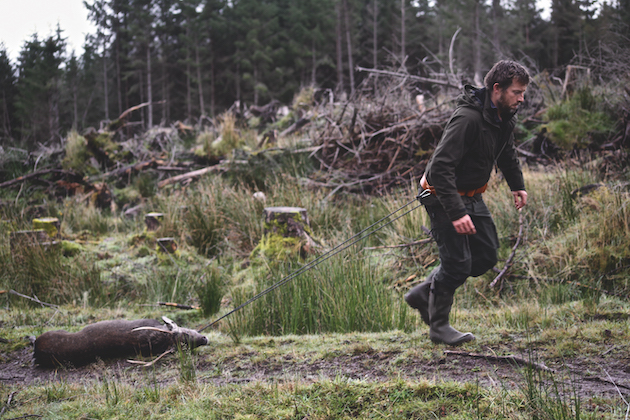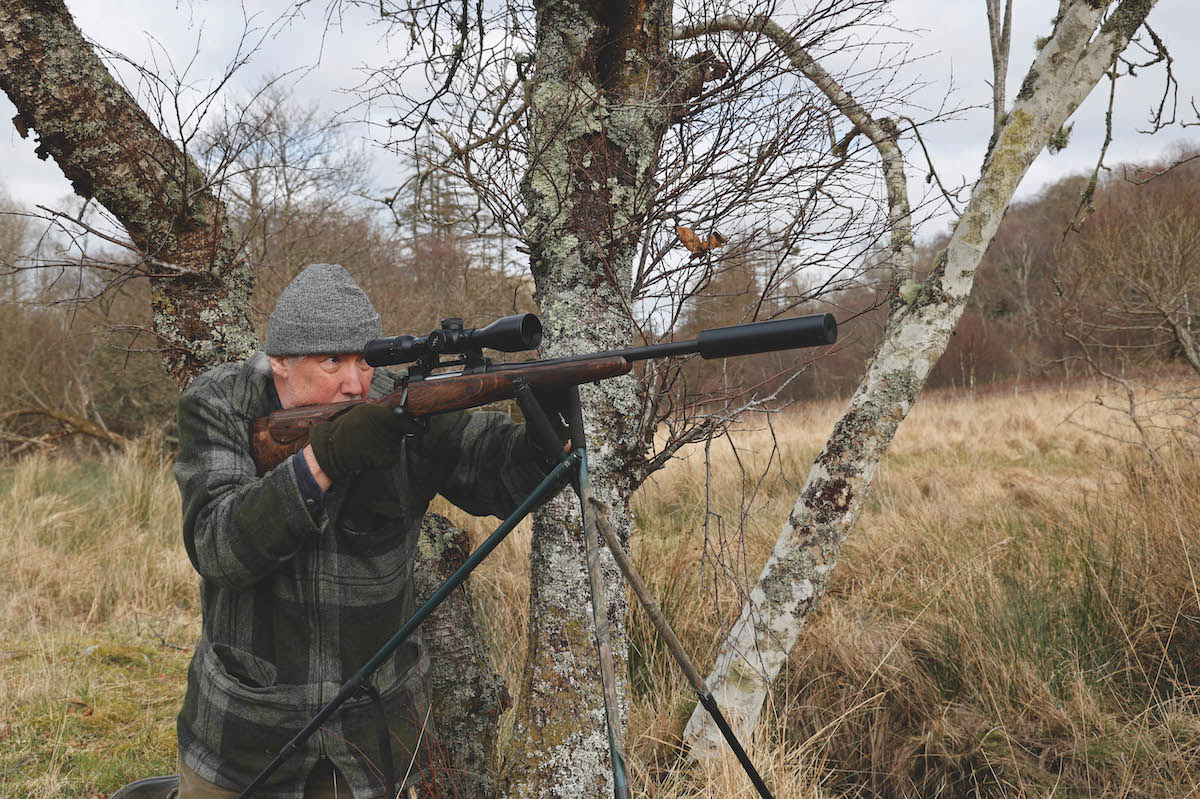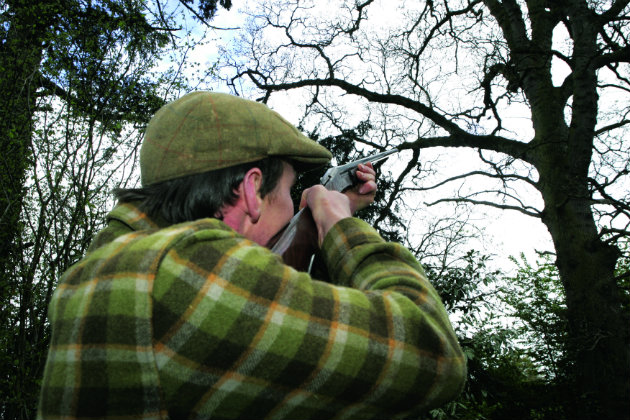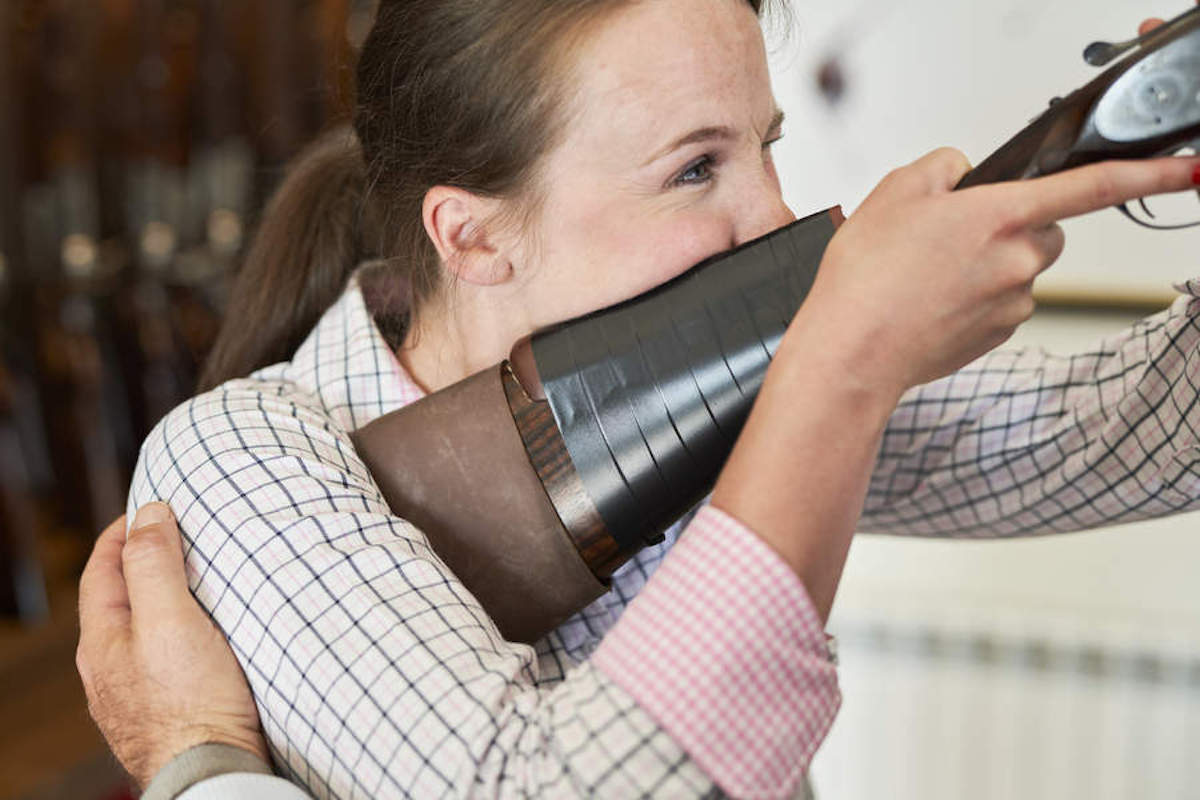Toxic ammunition: the truth about lead
Barry Stoffell cuts through the conspiracy theories and internet misinformation to investigate the effect of toxic ammunition

Barry has found that non-toxic loads have killed effectively
The move to phase out lead ammunition is one of the most divisive and inflammatory issues in modern fieldsports. Yet, despite the wealth of coverage and the emotion the topic of toxic ammunition evokes in many quarters, the open-minded hunter looking for sufficient information to form their own opinion can nonetheless run into trouble.
Online forums are littered with the views of instant experts and conspiracy theories abound, but what is the truth about lead and our health? Many of us are peripherally aware that data exists, but much of it is mired in unhelpful jargon or based on unrealistic assumptions and, in many cases, tucked away in research journals hidden behind a paywall.
When it comes to our health, everyone deserves a fair chance to make up their own mind. So, when the Shooting Times Editor asked if I would write an article that went ‘beyond the bluster’ and focused on actual data on toxic ammunition, I cautiously agreed.
Toxic ammunition
As an exploration geologist, I am no stranger to lead. In the course of my career as a professional rock-botherer, I have been involved in finding, unearthing and processing significant amounts of it.
You don’t need me to tell you that lead is bad for you. Though it took us quite some time to catch on, faced with an overwhelming body of evidence showing the devastating effect that lead exposure can have on the cardiovascular and nervous systems, the kidneys and the developing brains of children, we finally removed it from petrol, paint, plumbing and food cans.
As a result, the lead concentration in the blood (B-Pb) of the average person has steadily declined in the past 40 years, with long-term studies suggesting it has stabilised at around 10 micrograms per litre, around one-eighth of that recorded in the early 1980s. At this level, it would take the combined blood of more than 3,000 of us to make a pellet of No 5 shot.
One of the few remaining sources of lead exposure is dietary, including the consumption of game shot with lead. A 2010 study analysed 121 wild-shot UK gamebirds of six species and found average lead concentrations of 1,181ppb in meals prepared from them, after whole shot or visible fragments had been removed. This was almost 12 times the maximum permitted lead concentration in beef, lamb, pork and poultry.

An X-ray showing many lead fragments in a roe deer shot with a .308
Tiny fragments
Examination of game meat with X-rays provided an explanation. Lead is soft and passage of a pellet through a bird can result in a multitude of tiny fragments remaining where it has impacted bone. In larger animals taken with lead-cored bullets, the results are similar, though more localised.
Professor Fredrik Widemo, then director of science at Sweden’s largest hunting association and a keen hunter, took X-rays and detailed scans of roe deer and boar shot with a .308 to determine how much lead was left behind. The results show a scattering of metallic particles over a surprisingly wide area, ranging from larger fragments to thousands of smaller nanoparticles, believed to be the result of melted or vaporised lead from the surface of the bullet.
Though mostly concentrated within 15cm of the wound channel, particles have been found up to 45cm from the bullet trajectory. While not enough to affect the haunches of the average animal, this certainly places lead in the portion of the carcass often minced for human consumption.
It was these images that prompted a change in my behaviour in 2018. Like many stalkers, it had long been my practice to feed venison trimmed from the wound channel to my dogs. The knowledge that I was not only consuming minute particles of lead myself, but I was feeding the most lead-rich portions to my beloved setters was sufficient to make me switch to non toxic ammunition overnight.

Risk is up to the individual but Barry chooses non-lead loads to shoot game he consumes
Dissolve
Whether we like it or not, shot game often contains a concentration of lead which exceeds that considered safe in any other foodstuff. The danger is not from the occasional pellet that escapes your notice — the majority of which pass through your system largely intact — but from the smaller fragments you can’t see. As Professor Rhys Green, of Cambridge University, puts it: “Focusing on lead that remains as part of a whole shotgun pellet is inappropriate. Experiments show that lead consumed as small particles is more likely to dissolve and be absorbed because of its high surface-to mass-ratio.”
This brings us to consider how much of this consumed lead might find its way into our bloodstream. A 2009 study fed domestic pigs minced venison from deer shot with lead bullets. It found the concentration of lead in the pigs’ blood peaked two days after the ingestion of the venison and at a level 3.6 times higher than that of the control group.
Dogs have also been examined. The first study to investigate lead levels in hunting dogs fed regularly with lead-shot game was published earlier this year. In a sample of 31 dogs fed with wild boar and deer meat, lead was detectable in blood and hair samples from all candidates.
Studies of this nature in humans are not numerous, for obvious ethical reasons. However, research on native people consuming a game-rich diet in Greenland and Canada found that those eating 15 to 30 meals of lead-shot gamebirds per month had B-Pb levels three to five times higher than the control groups, confirming that lead residue in game meat is ‘bioavailable’ and ingestion of it results in a significant rise in our B-Pb.

Whole lead pellets can pass through, but tiny fragments could get into the bloodstream of the shot animal
How much is too much?
Now for the uncomfortable part — how much harm might this be doing? This is precisely where the debate dives into murky waters. Because the amount of lead in shot game is massively variable, it is impossible to quantify exactly how much lead you might be eating.
That said, many health experts would point out that lead is a known toxin and plays no role in any bodily system. There is no ‘normal’ amount of lead and the ideal amount is zero. This is particularly the case for young children and pregnant women. Lead is known to cross the placental boundary and even modest B-Pb levels in pregnant mothers have been linked to an increase in premature births and adverse effects on physical growth and neurocognitive development during childhood. Young children with developing brains are particularly vulnerable to lead exposure and even low levels can cause developmental issues in the nervous system and negatively impact cognitive function.
It is for this reason that most ‘official’ health advice falls short of blanket warnings against eating lead-shot game and instead cautions ‘high-level’ consumers — variably defined, but usually involving several meals of game per week — pregnant women and young children to moderate their consumption or to avoid it entirely.

Metal fragments on an X-ray of a woodpigeon
Risk assessment
I did not embark on this article with the intention of telling anyone what they should do, rather to present facts that many of us in the shooting community are not aware of. This is not entirely our fault — separating data from dogma and filtering out false information and anecdote in the modern era is no simple task.
As far as the ‘truth’ about lead goes, the answer that science provides depends on the question you ask. Lead-shot game certainly contains lead and eating it raises our B-Pb. But can we be absolutely sure that eating lead-shot game is harmful? For adults, academics would have to concede the answer to this is no. However, absence of evidence is not evidence of absence. Can we be sure eating high levels of game is not harmful? The answer is no, particularly for the young or pregnant.
This piece will reassure some people and worry others, and that’s fine. The past 18 months have done nothing if not demonstrate that we all have our own level of comfort with risk. In my case, venison is the mainstay of my game diet. I am a high-level consumer by any metric.
The animals I shoot also make it on to the dinner tables of many local families, not to mention into the bowls of my beloved setters. My young godson, in particular, has developed a heart-warming passion for deer burgers. (Find a recipe for venison burgers here.)
My ammunition choice affects far more people than only myself and I choose to use non toxic ammunition because there are plenty of other issues tickling my conscience without worrying that I’m doing anyone any unintended harm.








